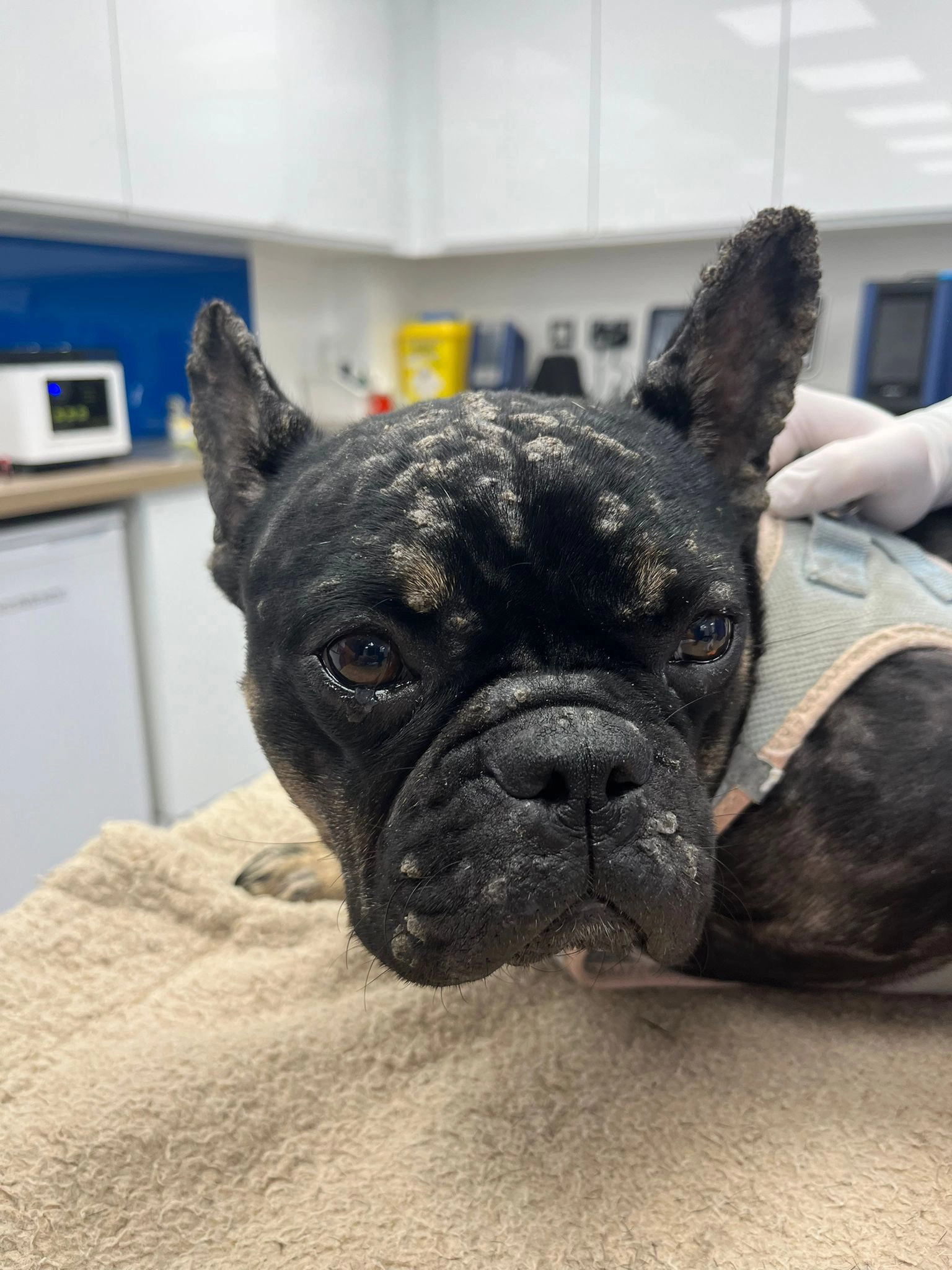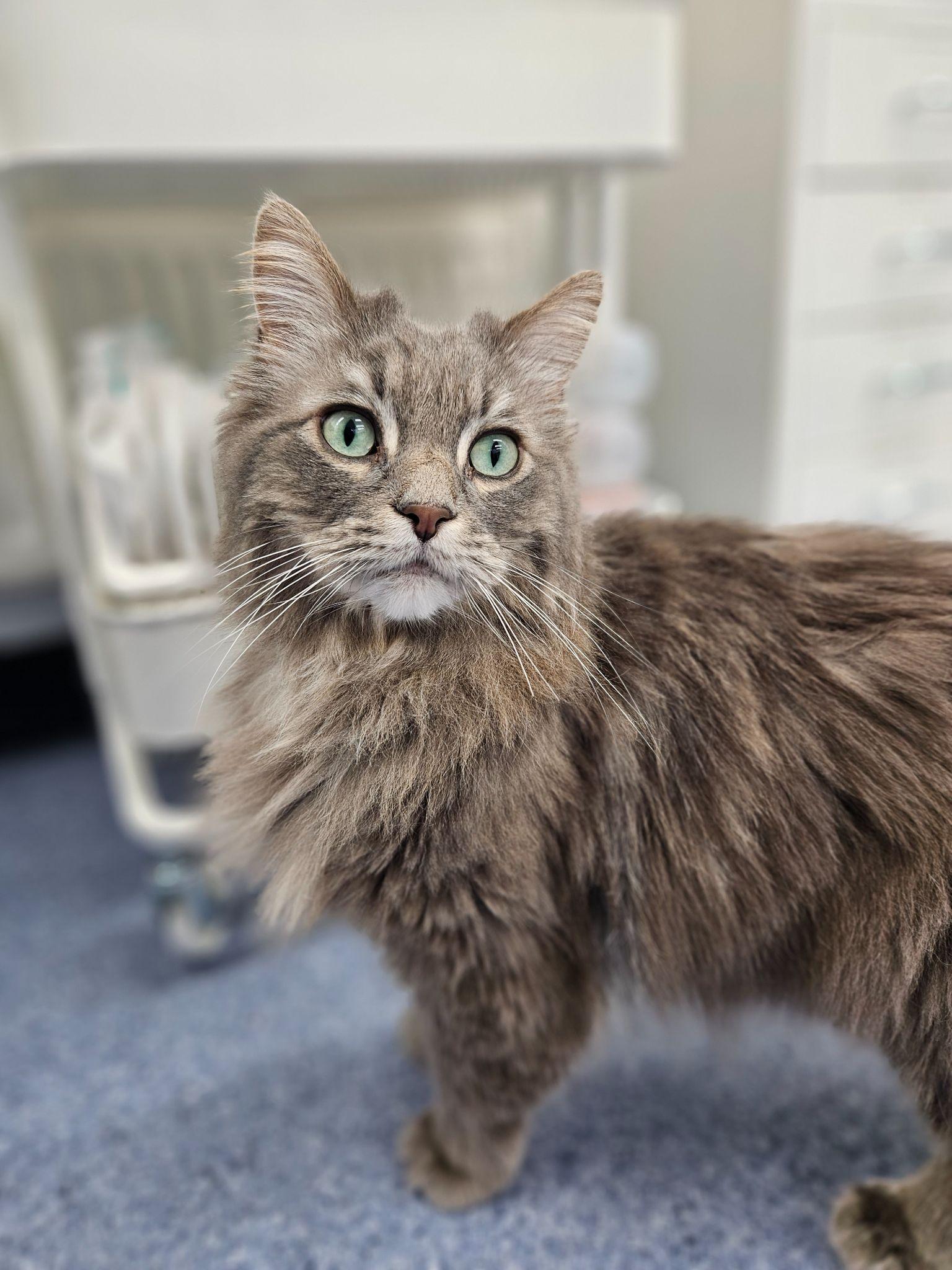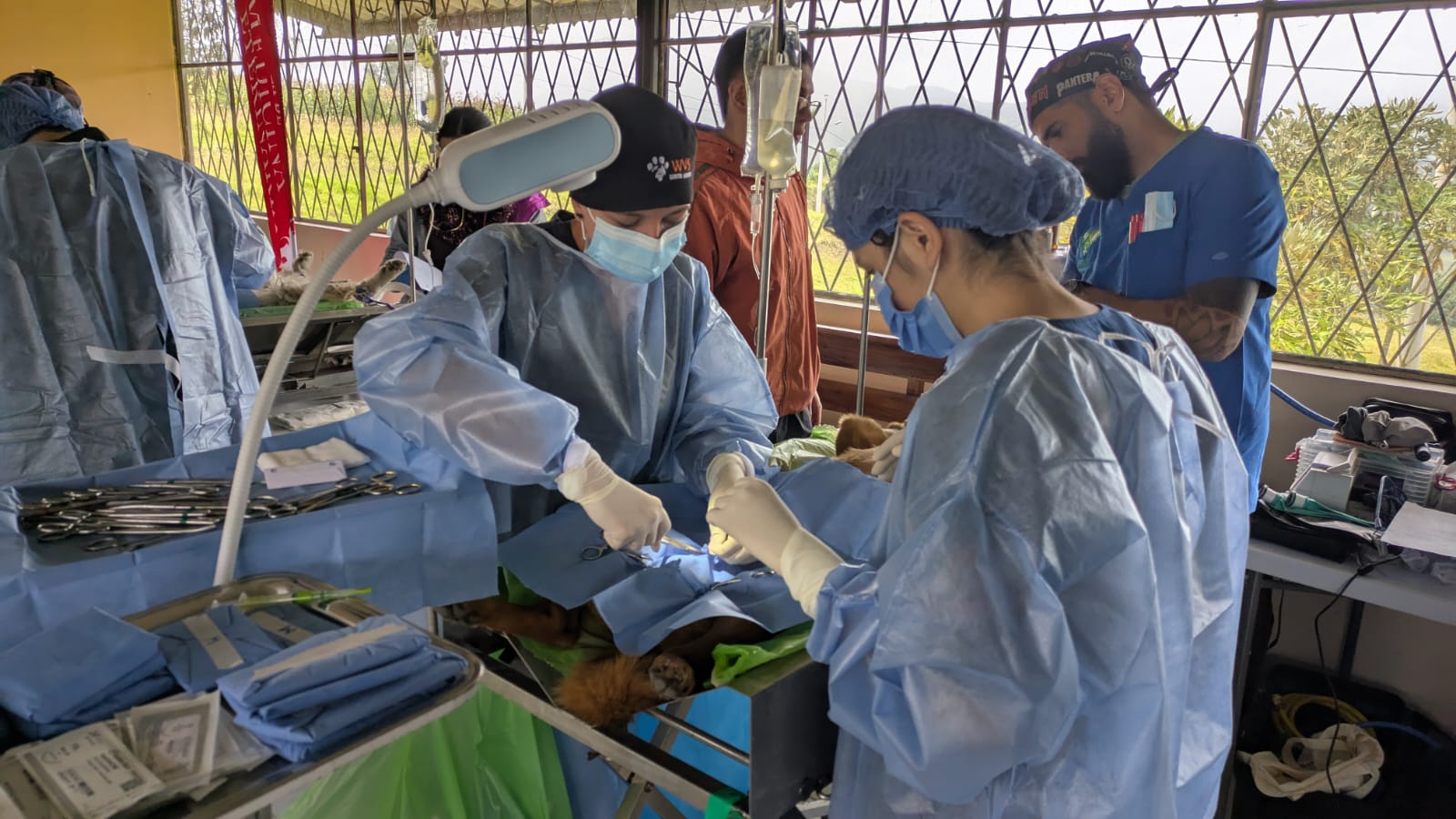While current weather predictions leave much to be desired, it’s inevitable that the sun will eventually come back. When that happens, many of us will be celebrating its glorious return by the getting the ‘oul barbeque out. But, throwing a barbeque with pets is a different story altogether. Today we’ll go through the do’s and don’ts of back garden wining and dining with pets present!
A recipe for disaster:
Ah yes, there’s nothing like capturing the power of fire in an open-fronted metal box and burning food on it (if only Prometheus could see us now). Whether it’s coal, gas or wood, all fuels have their own dangers to your pet. The safest thing to do is to keep said pet away from the barbeque at all times, away from its fuel at all times and be vigilant in general. While eating a block of charcoal isn’t inherently dangerous, there is a chance that larger pieces could get stuck in your pet’s throat like wood chips could. The last thing you want on the warmest day of the year is to spend it at one of our clinics.
Speaking of gas…:
Y’know that tube that connects the gas to the barbeque? A dog would just love to chew on it. It doesn’t help that it’s dog-toy-coloured either. If you find that your gas has suddenly run out or you hear a profuse hissing, turn your gas off at the source first and then investigate the problem. Kerosene poisoning in pets can be identified by slow or sluggish movements, drowsy or just-awake behaviour, vomiting, diarrhoea, unwillingness to wake up or loss of consciousness.
No matter what your dog has ingested or breathed, if you’re unsure of anything always ring your trusted Vet, explain their symptoms and, if necessary, bring your pet in. It’s always better to be on the right side of caution rather than the wrong!

Red, red wine:
What would a barbeque be without a few cold ones or a sniff of sauvignon? While all pets can get their noses into glasses, dogs are the more likely pet as they will eat or drink anything that fits in their mouth! In small doses, alcohol can have little effect on your dog, however the drink they’ve downed could trigger an allergic reaction (especially in smaller dogs or dogs with wheat allergies). Ultimately, alcohol is considered poisonous to pets and should be treated as such. Again, if in doubt, always ring your trusted Vet for advice.
Out of the frying pan:
“Food’s ready!” Two words that quiet rumbling stomachs, slow wandering eyes and line people up faster than anything else. Most humans will allow their food to cool first before stuffing their face, but pets (again, mostly dogs) have little to no concept of hot and cold when it comes to food. When the time comes to begin putting sausages on plates and burgers on buns, always keep your pet away. All it takes is one good grab or one single chomp for your dog to burn their tongue and scorch the inner lining of their mouth.
Treat immediate burns with lukewarm water, offer your pet a fresh bowl of the same and phone your Vet. They could instruct you to bring your pet in to be checked or monitored. In serious cases your pet may need to be intubated from the swelling that burns can cause in their mouth and throat. In the end, it’s better to keep them away from that delicious-smelling food, at least until the barbeque is turned off and cool.
Signing off:
Now that we’ve got all of the scary stuff out of the way, we hope you enjoy your first barbeque of 2022! Garden parties should be fun for all, including pets of all shapes and sizes. If you have any other questions or are looking for advice, you can always contact us.
For now, pet-pals, we say farewell!




